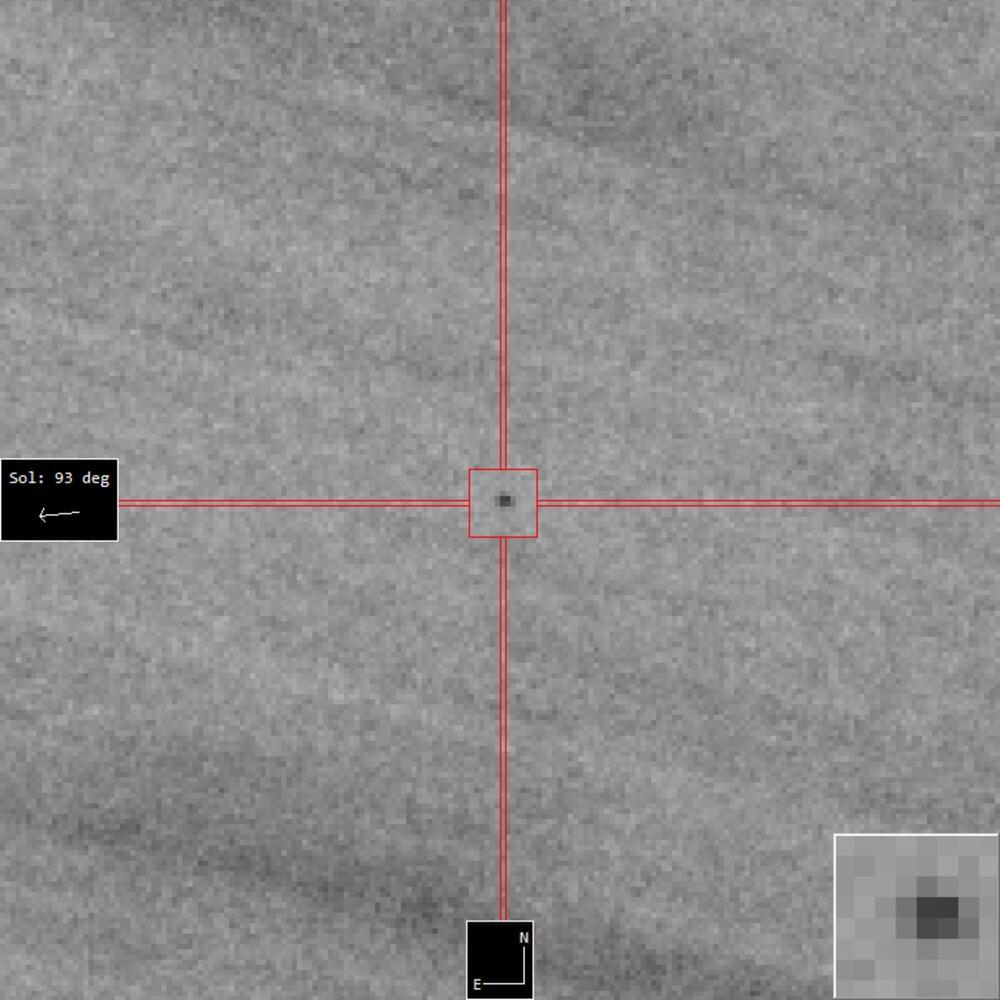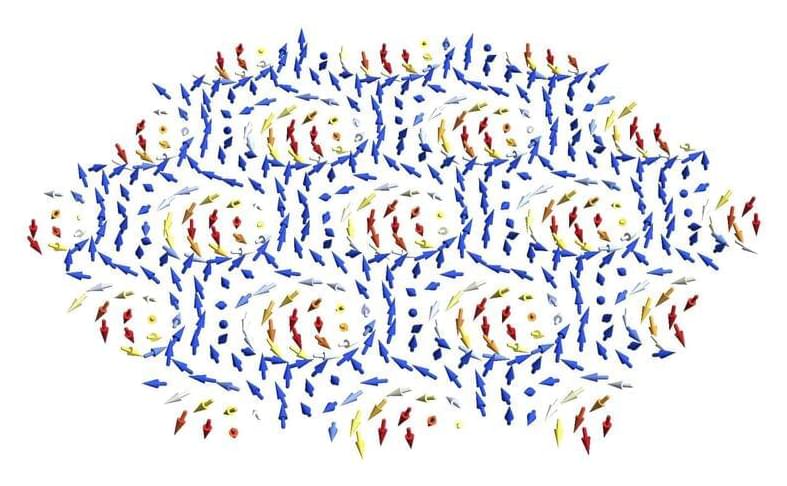The digital tool can help us understand the past, and predict Earth’s future.
Get the latest international news and world events from around the world.


The rise and fall of the riskiest asteroid in a decade
For a few tense days this January, a roughly 70-metre asteroid became the riskiest observed in over a decade. Despite the Moon’s attempt to scupper observations, the asteroid is now known to be entirely safe.
*Join ESA, NASA and Asteroid Day LIVE from 19:00 CET this evening in “Killing asteroids — with the experts”, to find out more*.
Initial observations of an asteroid dubbed ‘2022 AE1’ showed a potential Earth impact on 4 July 2023 – not enough time to attempt deflection and large enough to do real damage to a local area should it strike.

Physicists predict exotic new phenomena and give ‘recipe’ for realizing them
In work that could lead to important new physics with potentially heady applications in computer science and more, MIT scientists have shown that two previously separate fields in condensed matter physics can be combined to yield new, exotic phenomena.
The work is theoretical, but the researchers are excited about collaborating with experimentalists to realize the predicted phenomena. The team includes the conditions necessary to achieve that ultimate goal in a paper published in the February 24 issue of Science Advances.
“This work started out as a theoretical speculation, and ended better than we could have hoped,” says Liang Fu, a professor in MIT’s Department of Physics and leader of the work. Fu is also affiliated with the Materials Research Laboratory. His colleagues are Nisarga Paul, a physics graduate student, and Yang Zhang, a postdoctoral associate who is now a professor at the University of Tennessee.

Having Trouble Understanding Quantum Machine Learning?
Do you want to get started with Quantum Machine Learning? Have a look at Hands-On Quantum Machine Learning With Python.
This article will explain the most important parts of the Quantum Approximate Optimization Algorithm (QAOA). QAOA is a machine learning algorithm that you can use to solve combinatorial optimization problems.

Bill Gates blames people for making Microsoft’s Bing AI look ‘stupid’
Bing AI makes errors and says “crazy things,” but this requires “you to provoke it quite a bit,” claims Gates.
Microsoft co-founder Bill Gates has expressed confidence in artificial intelligence (AI) and stated that it poses “no threat” to humans.
“The technology most people are playing with, it’s a generation old. It’s the version three compared to what’s integrated into Bing, which some journalists have and will be opened up more broadly,” he said in the interview.
Michael Loccisano/Getty Images.
There are so many people out there “trying to make AI look stupid.” But “it’s fine; there is no threat,” the tech billionaire told the Financial Times (FT) on Thursday.

New e-skin could allow robots to sense touch and their surroundings
It’s a revolutionary step forward for soft robotics.
A team of scientists from Edinburgh has engineered smart electronic skin that could pave the way for soft, flexible robotic devices with a sense of touch, according to a press release by the institution published last week.
The technology could aid in breakthroughs in soft robotics introducing a range of applications, such as surgical tools, prosthetics, and devices to explore hazardous environments.
University of Edinburgh.
Researchers say, “their stretchable e-skin gives robots for the first time a level of physical self-awareness similar to that of people and animals.”

Fired engineer who called Google AI ‘sentient,’ warns Microsoft Bing a ‘train wreck’
Blake Lemoine, the Google engineer fired for violating the company’s confidentiality policy, has now expressed concerns about the risks associated with AI-driven chatbots like Microsoft’s Bing AI.
The latest AI models, according to him, are the most potent technological advancement since the atomic bomb and can alter the course of history fundamentally.
Tesla Day: ‘Optimus’ AI robots may outnumber humans in future, claims Elon Musk
AI-powered robots will be a bigger business than cars, says the business magnet.
Tesla CEO, Elon Musk, has announced the company’s latest development in AI-powered robots during Tesla’s Investor Day event. Musk said the company’s robot, known as “Optimus,” may outnumber humans in the future. This news has created a buzz in the tech community, as many are eager to see how Tesla’s latest innovation will shape the future of automation.
Musk revealed that Tesla is making significant progress in developing its AI-powered robots. The robots, which will be called Optimus, are set to be deployed in the coming years and will be designed to handle various tasks, such as manufacturing and transportation… More.
Tesla.
Musk said the company’s robot, known as “Optimus,” may outnumber humans in the future. This news has created a buzz in the tech community, as many are eager to see how Tesla’s latest innovation will shape the future of automation.

Microsoft rolls out personality options for its Bing AI chatbot
Users can now pick if they want “creative” or “precise” responses.
Even as users make a beeline to get access to Microsoft’s artificial intelligence (AI) powered Bing chatbot, the company is adding on more features, such as giving the users the power to pick what personality type they would prefer to interact with.
Microsoft has partnered with ChatGPT-creator OpenAI to bring the conversational chatbot to its Bing search engine, among its other products. Given that the chatbot is still largely experimental, Microsoft is slowly making the service available to users. Yet, in a short span of time, it has amassed over a million users already.